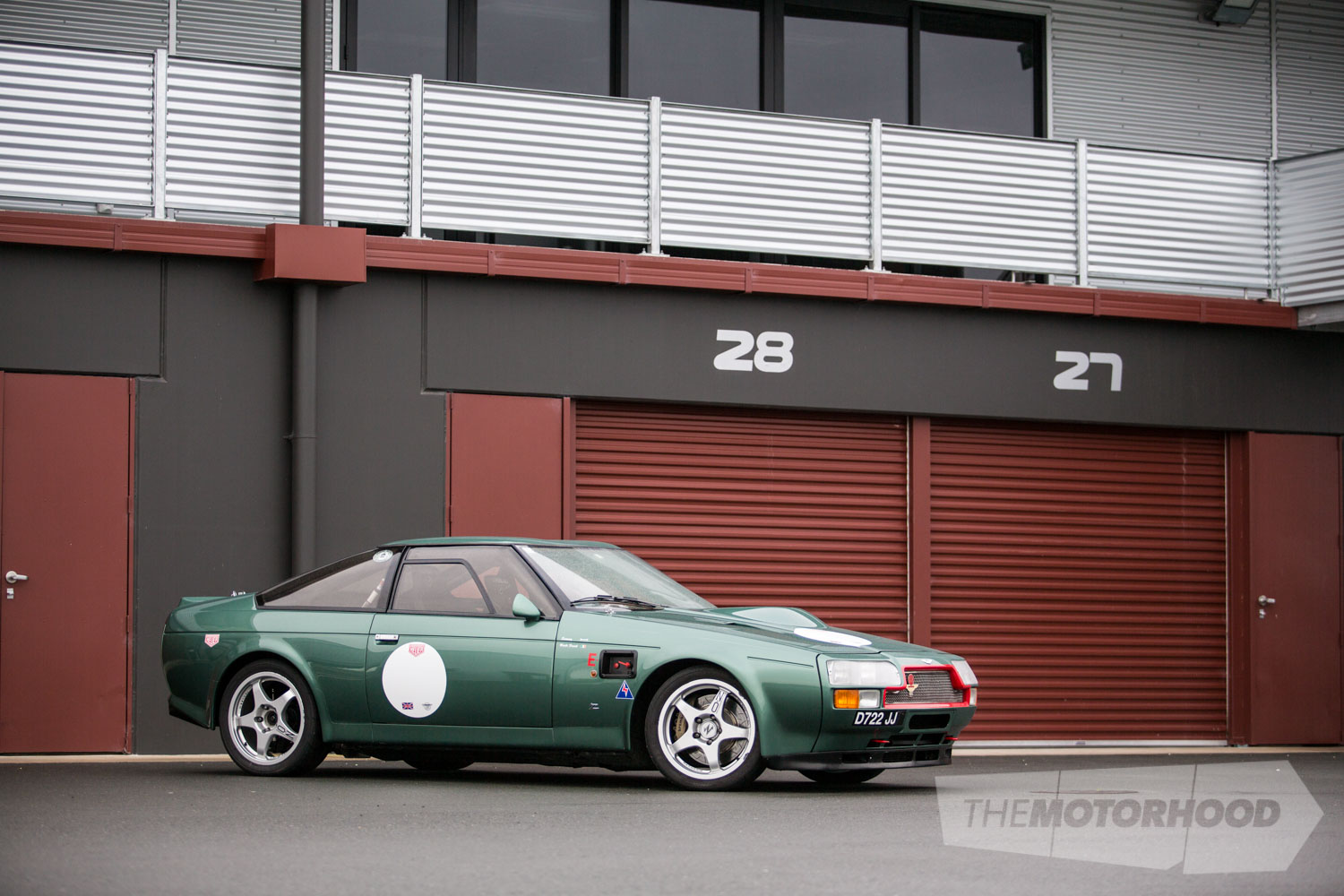The October 2016 issue of New Zealand Classic Car has hit a shelf near you! Have a quick sneak peek at what you’ll find within the pages of the brand-new issue!

When Chris Alexander spotted our featured Ford Mk1 Cortina in a South Auckland wrecker’s yard, he couldn’t resist the temptation to rescue it and create something special. Take a look at the build shots here.

We take a close look at a monster of a track car — and one of of the rarest road cars in the world. Learn more here.

Find out why Mercury, the name of the Roman god of financial gain, was almost an appropriate name for one particular division of Ford. Get an insight into the full article here.

A full and comprehensive Targa New Zealand 2016 programme. Find out more here.
If you want to secure your copy of the October issue of New Zealand Classic Car without having to head to the shops, grab a print copy of the mag now:



